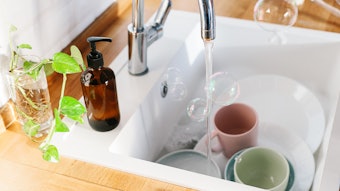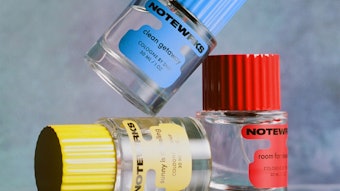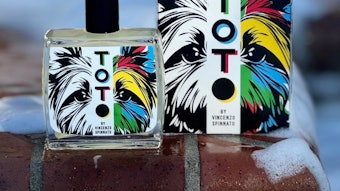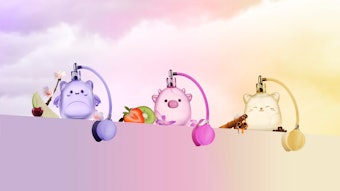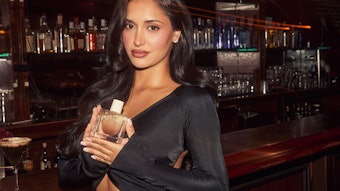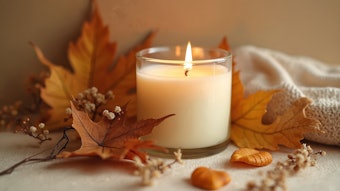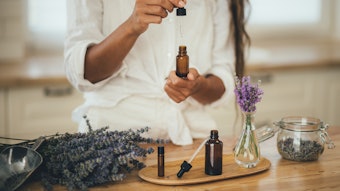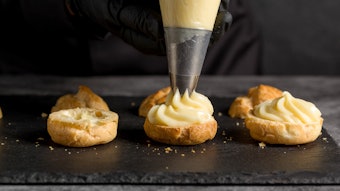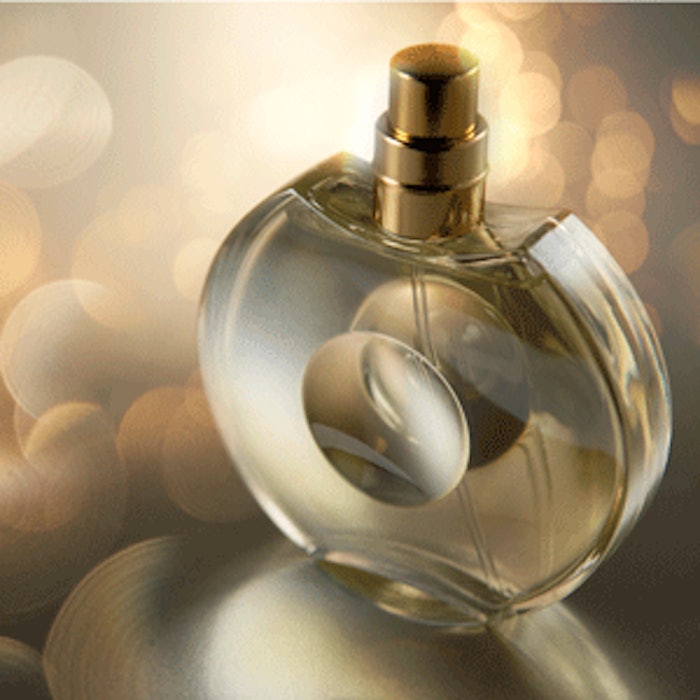
As a distributor of essential oils and aromatic chemicals, Berjé has over 60 years of experience supplying to the flavor, fragrance, pharmaceutical and allied trades.
Thomas Lauzurica, marketing manager, Berjé and Ryan Liegner, marketing, Berjé, shared their insights on fragrance trends as the seasons change.
Perfumer & Flavorist: Are fragrances as popular in the winter as they are the summer?
Thomas Lauzurica and Ryan Liegner: Categories shift, products and applications are pulled off the shelves to make room for their winter counterparts, but the one thing that remains consistent is fragrance. The winter gives consumers a new opportunity to re-energize the comfort and the luxury in their lifestyle through a new—and sometimes revisited—collection of fragrances. Of course, during the holiday season, the retail market for personal luxury care generates a peak in sales for the end of the year.
P&F: What are the most common fragrances around the winter months?
TL and RL: Each application seems to have its own set of “comfort notes” that trend in winter. Candles will generally highlight spices or gourmand notes, but in recent years we found some adventurous new twists on wood notes in mass market products. Warm, soft and creamy fragrances are particularly wearable in the winter months which consistently results in a spike in popularity for gourmand and amber types. Lately, honey types have been trending for the summer and spring seasons so we expect to see that spread to winter of 2016/2017.
P&F: What is different in the formulations for fragrances during winter months?
TL and RL: The palettes change dramatically along with the desired finished scent. A spicy arrangement in winter can be based around an accord of cassia, nutmeg and cardamom, taking on an almost baking spice style profile. Creamy accords will typically follow the massoia lactone/vanilla/tonka bean pattern making for a robust and thick creaminess. Together, these accords combine to make a cozy chai tea latte-style fragrance.
P&F: Have you ever seen a change in the trend from one winter compared to another winter?
TL and RL: Change in trends is common, but not strictly necessary between seasons. Take rose for example. Over the last four A/W seasons the rose profile has been paired with traditional floral or powdery notes, but now we are seeing a noticeable shift across applications to a more ozonic, aqueous rose profile. The holidays also spring up new variations on peppermint, cranberry and cinnamon, which can be a comforting segway to introduce a pairing with the new trend of the year.
P&F: Why do fragrance preferences change as seasons change?
TL and RL: Fragrance amplifies the moods and emotions that the seasons bring. Florals and herbal scents in the spring have an air of freshness and cleansing, while the aroma of cocoa evokes sleeping in on Sunday mornings. In that way, fragrances will often borrow from flavor trends, which evolve at a slightly slower pace, but mirror seasonality closely in preferences. Just like the aroma of fresh cut grass is a powerful reminder of summer, the craving for pumpkin pie flavors strikes when the leaves start to fall.
P&F: Do fragrance preferences change based on location?
TL and RL: Fragrance preferences change within cultures more diversely than the seasons.
P&F: What is your preferred fragrance in the winter?
TL and RL: Tom Ford Grey Vetiver. I personally find it to be strikingly clean for a Vetiver fragrance. By pairing the woodiness with a salty, subtle musky accord, it tempers the smokiness common to Vetiver profiles.
P&F: Are there any summer fragrances also popular in the winter?
TL and RL: Honey has been a strong summer fragrance this year, especially when paired with a floral, citrus or cream. It is expected to carry over as a comfort note into the next few winter seasons. On the other hand, leather and tobacco notes have been steady in the winter and we are starting to see them gain traction in the summer with an artisanal crafted type of feel.
P&F: Should individuals be wearing their perfumes differently in the winter?
TL and RL: Fine fragrance is a personal expression as much as any other fashion outlet. There may be trends and influences, but ultimately, a statement of your own personal style.
P&F: Are there any challenges with creating winter fragrances?
TL and RL: The challenges of creating wearable fragrances for winter have been a big influence on establishing the seasonal shifts in preferences. Naturally, people show a little less skin when it is cold outside, which in turn means there is typically less surface area to diffuse fragrance. This has lead to the popularity of the slightly stronger profiles we commonly see in the winter months.
P&F: Does the fashion industry play a role in fragrance trends?
TL and RL: The fashion industry has a heavy influence on fragrance at every level of the business. While it has its own driving force, we will constantly see crossover from fashion to fragrance and vice versa. At times high fashion can seem to be prolific, but with an estimated 1900 fragrances launched last year, our industry is keeping up.

